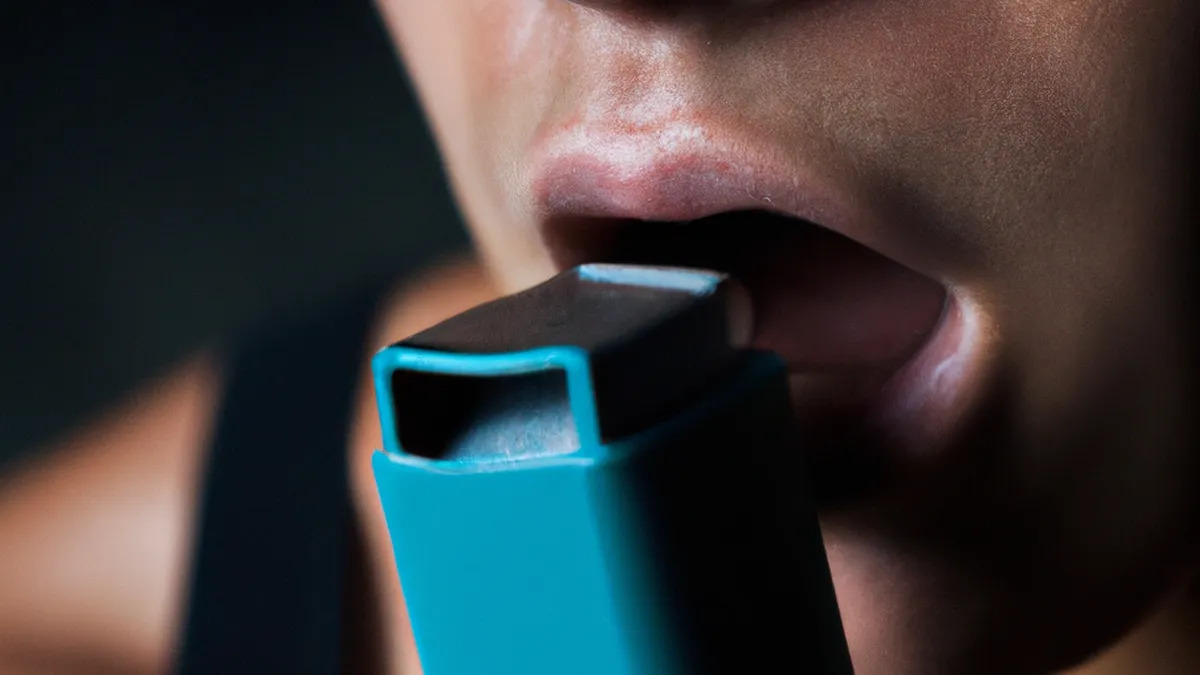Exhale Stress, Inhale Athletic Power
Injury Prevention Through Breathing FocusInjuries can disrupt your fitness journey and cause frustration. Athletes, casual gym-goers, and beginners face injury risks. Effective breathing techniques can help prevent injuries. By focusing on your breath, you can improve performance, promote relaxation, and reduce injury risk. This blog explores the connection between breath and movement and offers practical breathing tips.
Understanding the Connection Between Breath and Movement
Breathing often gets overlooked during physical activity. However, it plays a crucial role in movement. Correct breathing allows your body to function optimally and muscles to receive oxygen. This becomes vital during exertion when oxygen demand rises. Proper breathing stabilizes your core, supports your spine, and prevents injuries.Shallow or erratic breathing leads to muscle tension and body imbalances. An unbalanced body increases injury risks. For instance, improper breathing while lifting weights may strain your back. Thus, understanding your breath is essential for injury prevention and enhanced performance.
Tips for Effective Breathing Techniques
As an Amazon Associate I earn from qualifying purchases.
Gear tip: consider ems device, compression sleeves, and compression socks to support this topic.
1. Practice Diaphragmatic Breathing
Diaphragmatic breathing, or deep belly breathing, engages your diaphragm fully. It enhances oxygen flow and promotes relaxation, crucial for injury prevention. To practice, lie on your back with knees bent. Place one hand on your chest and the other on your abdomen. Inhale deeply through your nose, allowing your abdomen to rise. Exhale slowly through your mouth, feeling your abdomen lower. Repeat this for five minutes daily. This technique improves lung capacity and oxygen utilization.
2. Incorporate Breathing Into Your Workouts
Integrate breathing techniques into your workouts to enhance performance. For weightlifting, exhale during exertion and inhale during relaxation. This method maintains focus and stability while preventing muscle strain.In cardiovascular workouts, sync your breath with movements for improved endurance. For running, try a 2:2 breathing pattern—inhale for two steps and exhale for two. This rhythm keeps your body in sync, promoting smoother movement and reducing fatigue.
3. Use Breath
Incorporate breath awareness in daily activities. Focus on your breath during tasks to promote mindfulness. This practice can enhance overall well-being and injury prevention.
Conclusion
Effective breathing techniques play a vital role in injury prevention. By understanding the connection between breath and movement, you can improve performance and reduce injury risks. Practice these techniques regularly for lasting benefits.
Below are related products based on this post:
FAQ
How does breathing affect my performance during workouts?
Breathing plays a crucial role in movement and performance. Correct breathing ensures that your muscles receive adequate oxygen, which is vital during physical exertion. It also helps stabilize your core and supports your spine, reducing the risk of injuries.
What is diaphragmatic breathing and how can I practice it?
Diaphragmatic breathing, or deep belly breathing, fully engages your diaphragm to enhance oxygen flow and promote relaxation. To practice, lie on your back with knees bent, place one hand on your chest and the other on your abdomen, inhale deeply through your nose, and exhale slowly through your mouth. Regular practice can improve lung capacity and oxygen utilization.
How can I incorporate breathing techniques into my workouts?
Integrating breathing techniques into your workouts can enhance performance and prevent strain. For weightlifting, exhale during exertion and inhale during relaxation. In cardiovascular exercises, try syncing your breath with movement, such as using a 2:2 breathing pattern while running to maintain rhythm and reduce fatigue.















Post Comment